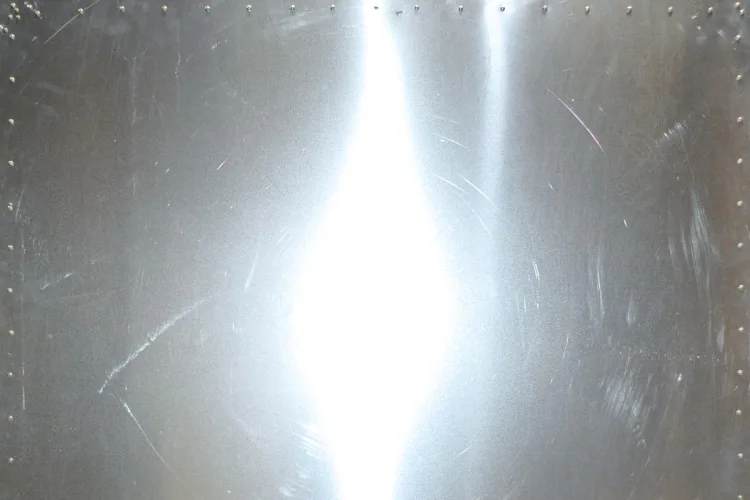
Why do antennas need a ground plane? As a matter of fact, not all antennas do need a ground plane. To understand why this is, let us begin by looking at a dipole — an antenna that does not need a ground plane. Then, to see better what the ground plane does, we will look at a monopole — an antenna that does require a ground plane.
The Dipole
The dipole is a very basic antenna consisting of two arms arranged in a straight line. A feed point is taken at the center of the straight line where the two individual arms almost meet. In a perfect dipole, each arm is ¼ wavelength long.
To better understand what the dipole does, consider a dipole with true ¼-wavelength arms in a receiving scenario. The RF field being received induces an oscillating current on the antenna. If we were to compare our dipole to a generator, each arm of the dipole would be acting as the equivalent of a terminal, the receiver receiving power from the dipole.
The Monopole
A monopole acts like a dipole, yet has one ¼-wavelength arm. What then acts as the other arm? A ground plane.
To make the monopole work, another ¼ wavelength of the current is essentially induced on the ground plane. (This is a simplification of image theory.) Although the ground plane can be just that — the physical ground — the ground plane is often a big piece of metal. A circuit board can make a suitable substitute.
In our monopole example, the ground plane is a critical part of the antenna. If the ground plane is too small, the monopole will not function properly — a crucial piece of the antenna will be missing.
The Purpose of the Ground Plane
Why use an antenna that requires a ground plane?
Depending on the application, the ground plane can often provide an ingenious use of already-existing metal. For example, mounting an antenna that does not require a ground plane onto a big chunk of metal can adversely affect performance. The ground plane, if not needed, will certainly distort the antenna pattern. It may also add loss and detune the antenna. The solution then is to make that piece of metal a part of the antenna by using it as a ground plane.
You must be logged in to post a comment.